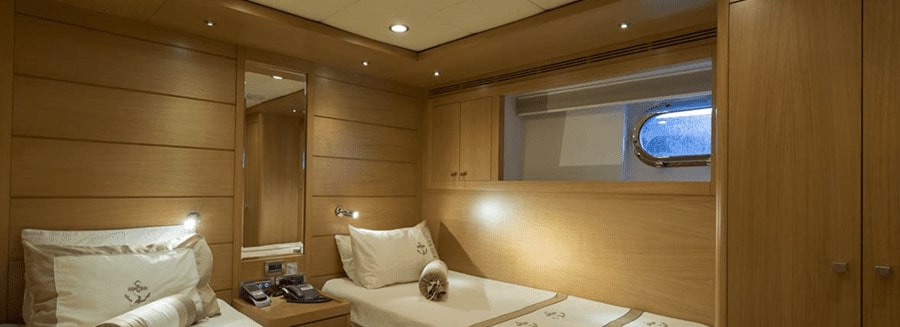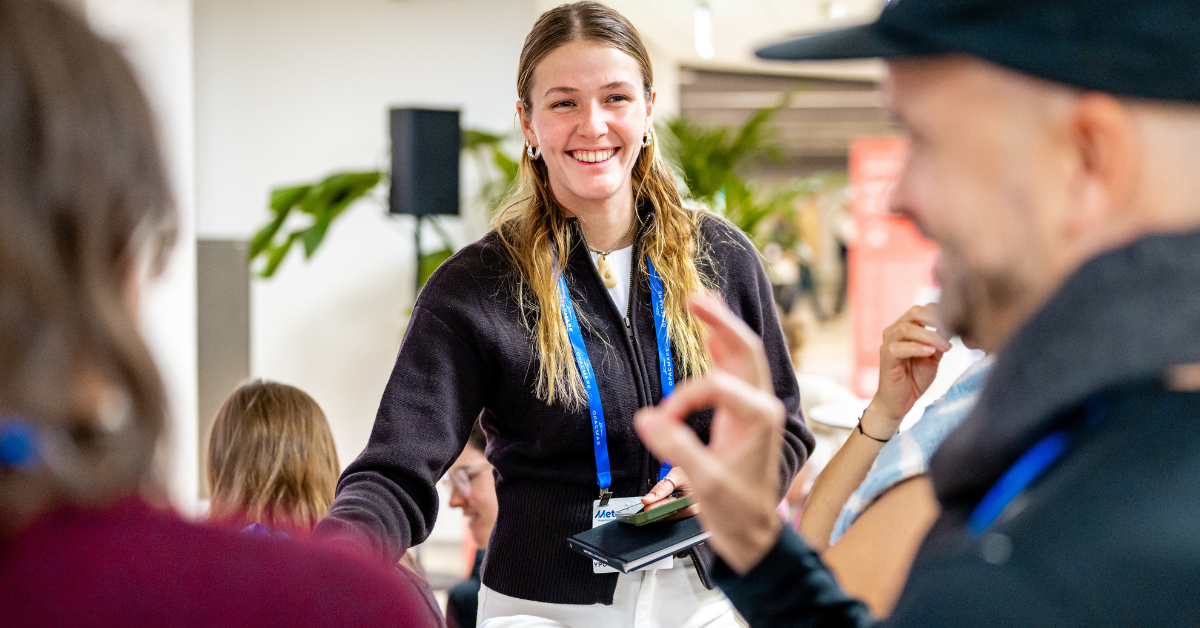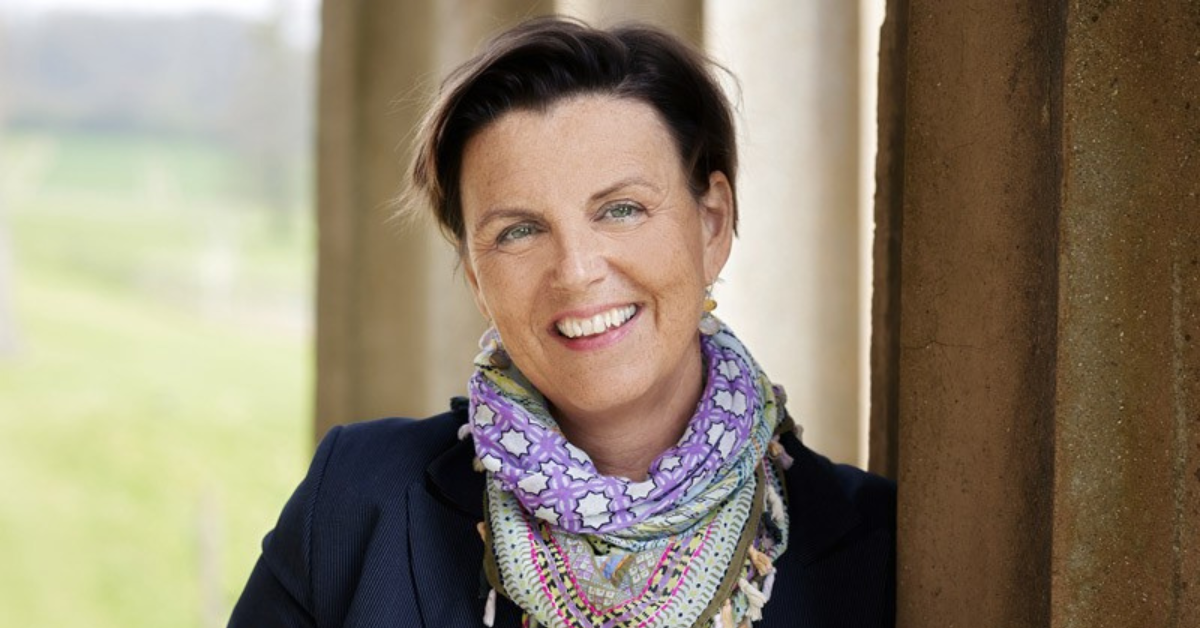The critical role of lighting design on boats
 Kim Hollamby
Kim Hollamby
A few years back I, Kim Hollamby, discovered the perfect antidote for dark winter months away from the water by revisiting a childhood passion for theatre lighting. My casual hobby has evolved into occasional work as a semi-professional stage lighting designer now and hence I have become so much more aware of the impact of light on our lives, particularly the way in which newer technologies are affecting us.
Lessons learned in stage lighting
After decades of service, theatre has moved from rigidly focused incandescent light sources with gel filters to a whole variety of newer technologies. Cooler colour temperature higher intensity light sources with graduated colour filters became common; then LED gained rapid traction, introducing additive light mixing at a variety of price points and quality levels.
These options are powerfully creative, but challenging too. The result can be quite dramatic and not always in a nice way. Throw a white incandescent light source onto a person bathed in saturated pink LED light and the amber biased conventional light will turn their skin into a sickly shade of yellow. Take someone’s lovingly painted staging or carefully crafted costume and you can wreck hundreds of hours of craftsmanship by changing its colour.
The disadvantage of every colour in the rainbow
There’s also the temptation to explore, without limits, the ability of an LED light source to produce eye-popping vivid hues and nearly every colour in the rainbow between. The result is not always good. Are you fed up with seeing buildings bathed in intense blue, pink, purple, red, orange or green? Then you can blame the same LED revolution for that; it’s provided an easy way of making something look spectacular until you fatigue of its harshness. The skill of effective lighting design is often much subtler.
I was thinking about this one night last summer when walking past a neighbour’s boat in the marina. He had rigged some intense blue LED lights as his main cockpit illumination and was entertaining his very blue friends drinking their blue wine. Perhaps it suited him, but for sure it did not look comfortable and all the carefully crafted colourways of the boat were either also blue, or fluorescing in the light in a way that made it look like someone had gone crazy with giant office highlighter pens. I’m not sure whether skipper and crew would have gone to their bunks more exhausted from the alcohol, or the light.
That’s an extreme example, but it neatly focused my mind on the importance of the many characteristics of interior lighting on a boat. LED has offered the marine industry brilliant advantages in terms of power consumption, weight and longevity, but I think it has yet to be tamed in terms of the quality of its illumination.
Importance of lighting design on a boat
It would seem completely pointless for an interior designer to spend hours carefully selecting the texture and colour of materials, only to have that work ruined when the lights are turned on. As boat interior design continues to evolve, the ability to fine-tune the colour temperature, beam characteristics and quality consistency of lighting to match the materials used, as well as the chosen mood of owners and their guests, is a critical development.
For that reason, I was very interested to see METSTRADE exhibitor, Lumishore, receive a 2018 DAME Awards Special Mention for its Smart Lighting system. This range of products can provide almost theatre grade quality and control of interior and underwater lights via its Lumi-Link interface. No doubt people will be drawn to the ability of this system to create a sound to light display to rival a night club. My attention however was drawn to its control, in very subtle steps, over the hue of light used in the boat. For example, it can tone down the harsh blue spectrum of bright white LED light and warm it up to provide a much more relaxing atmosphere.
I recently chatted with Lumishore’s CTO, Gareth Evans, who has been at the forefront of LED design since 1996. He confirmed that there can sometimes be more concern regarding how the cabin lighting fixtures look during the day, rather than focusing on the quality of light they produced at night. Gareth emphasised the importance of having consistent light sources that can then be controlled centrally to provide the perfect hue and intensity for desired use. It’s great to see so much development effort being placed in this area.
An old theatre lighting designer once told me that if the audience noticed the lights, he had done a bad job. His lighting was there to enhance the actors and setting, not to take centre stage. Light in many instances has become much more of the spectacle now, on stage and aboard boats, but it remains true that we only want light to be noticed for all the right reasons. It will be good to see further developments in this area at METSTRADE.
Share your stories on leisure marine industry with us
Do you have an innovation, research results or an other interesting topic you would like to share with the leisure marine equipment industry? The METSTRADE website and social media channels are a great platform to showcase your stories! Let us know via metstrade@rai.nl
Are you a METSTRADE exhibitor?
Make sure you add your latest press releases to your Company Profile in the Exhibitor Portal for free exposure.


